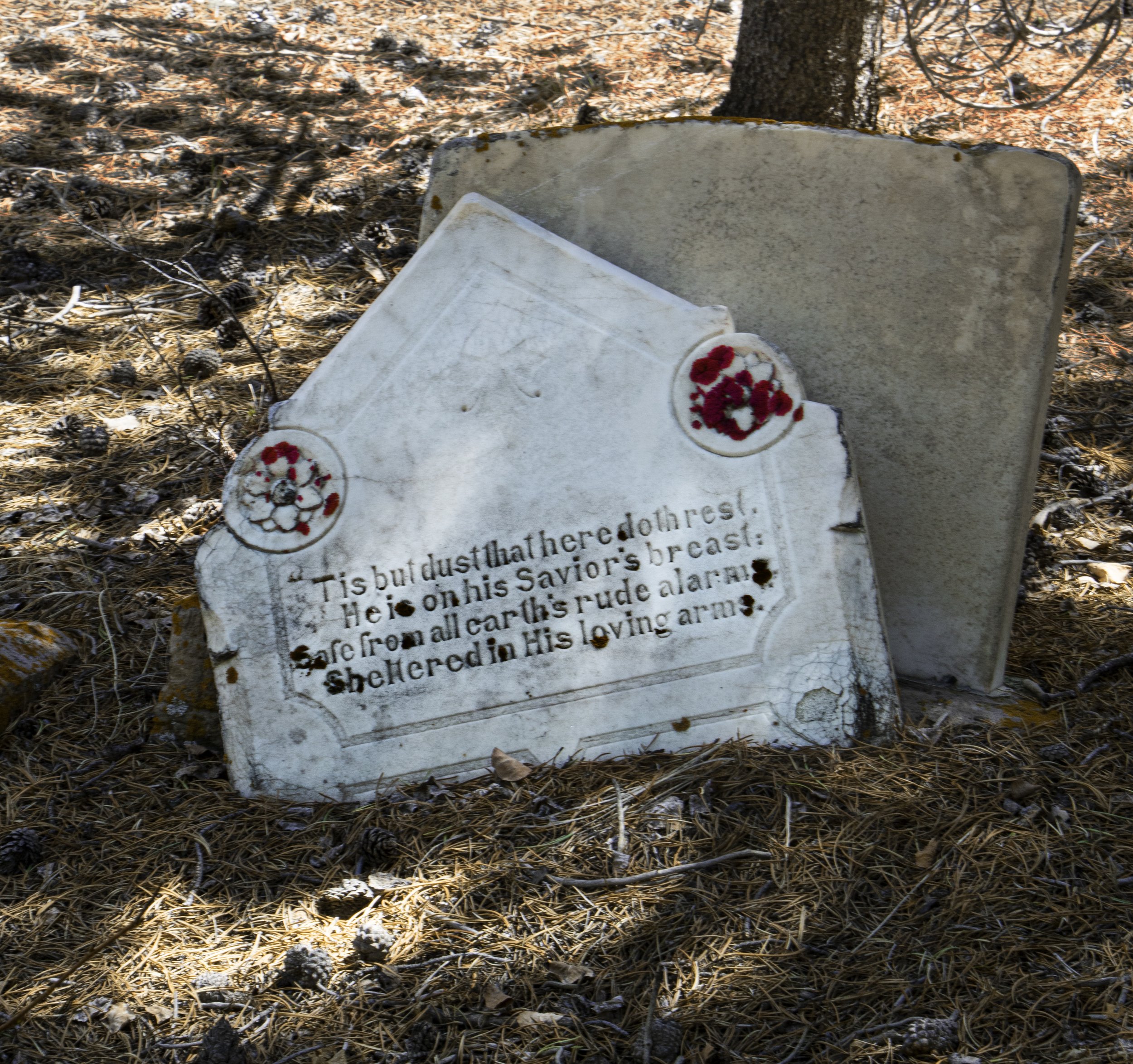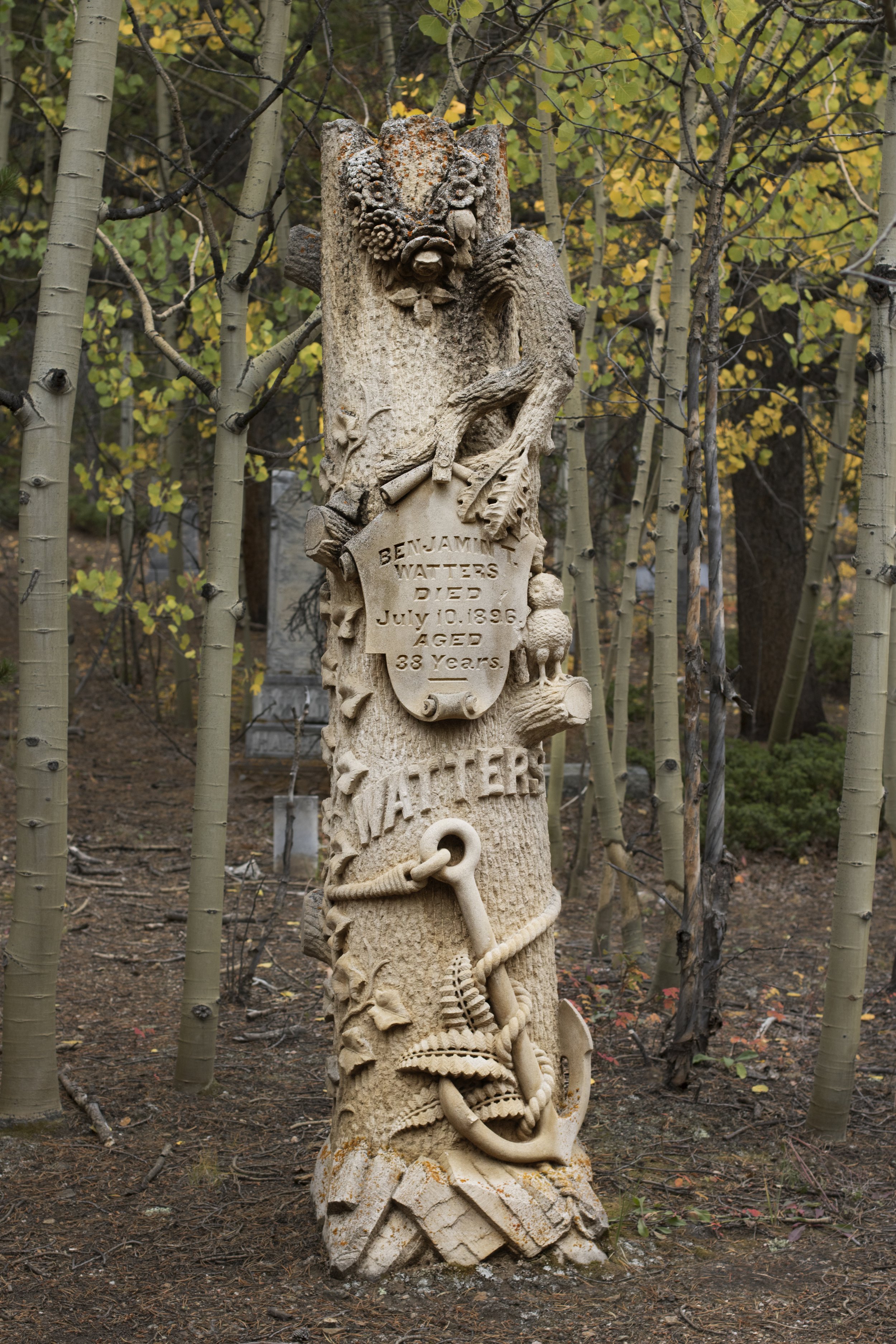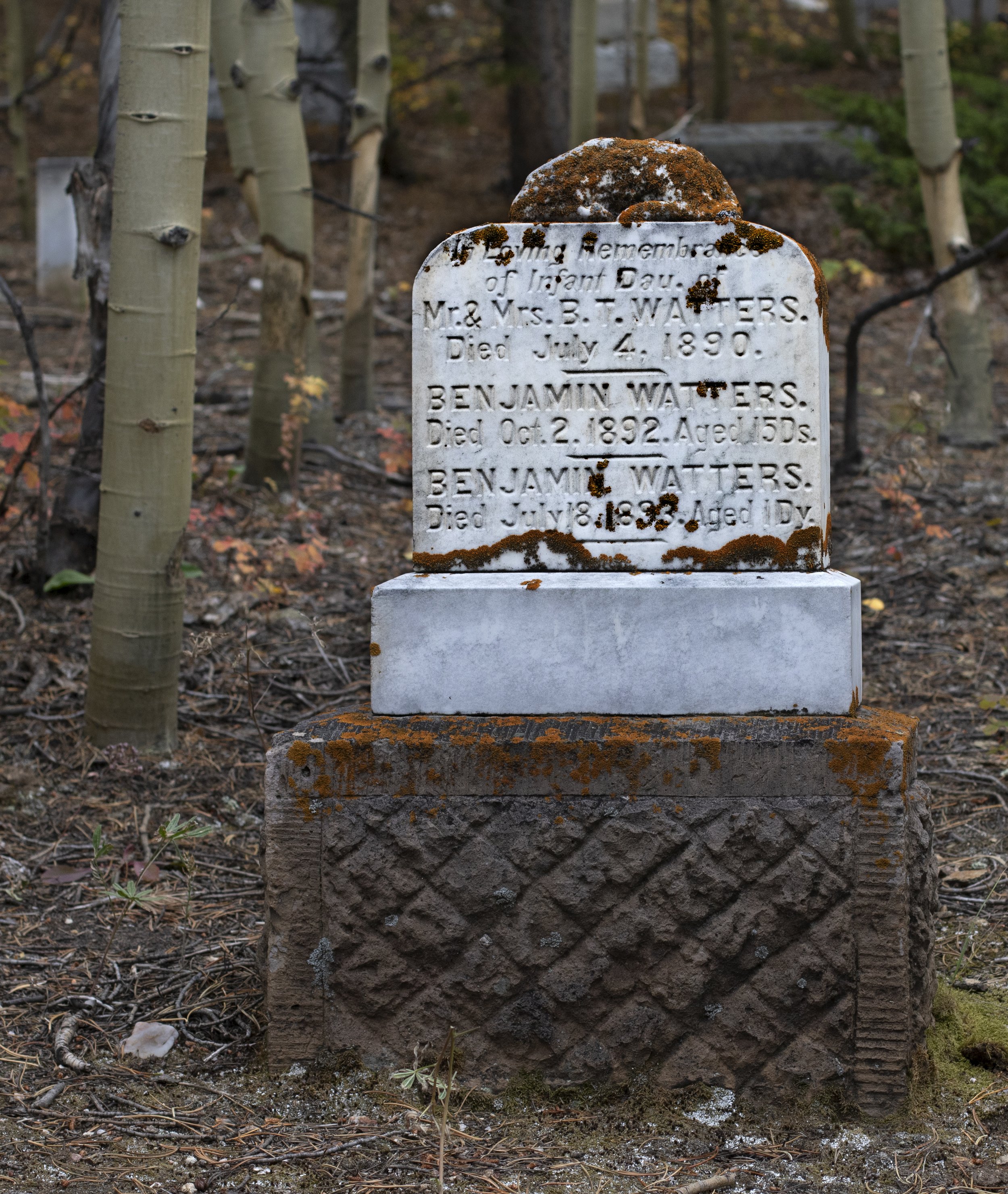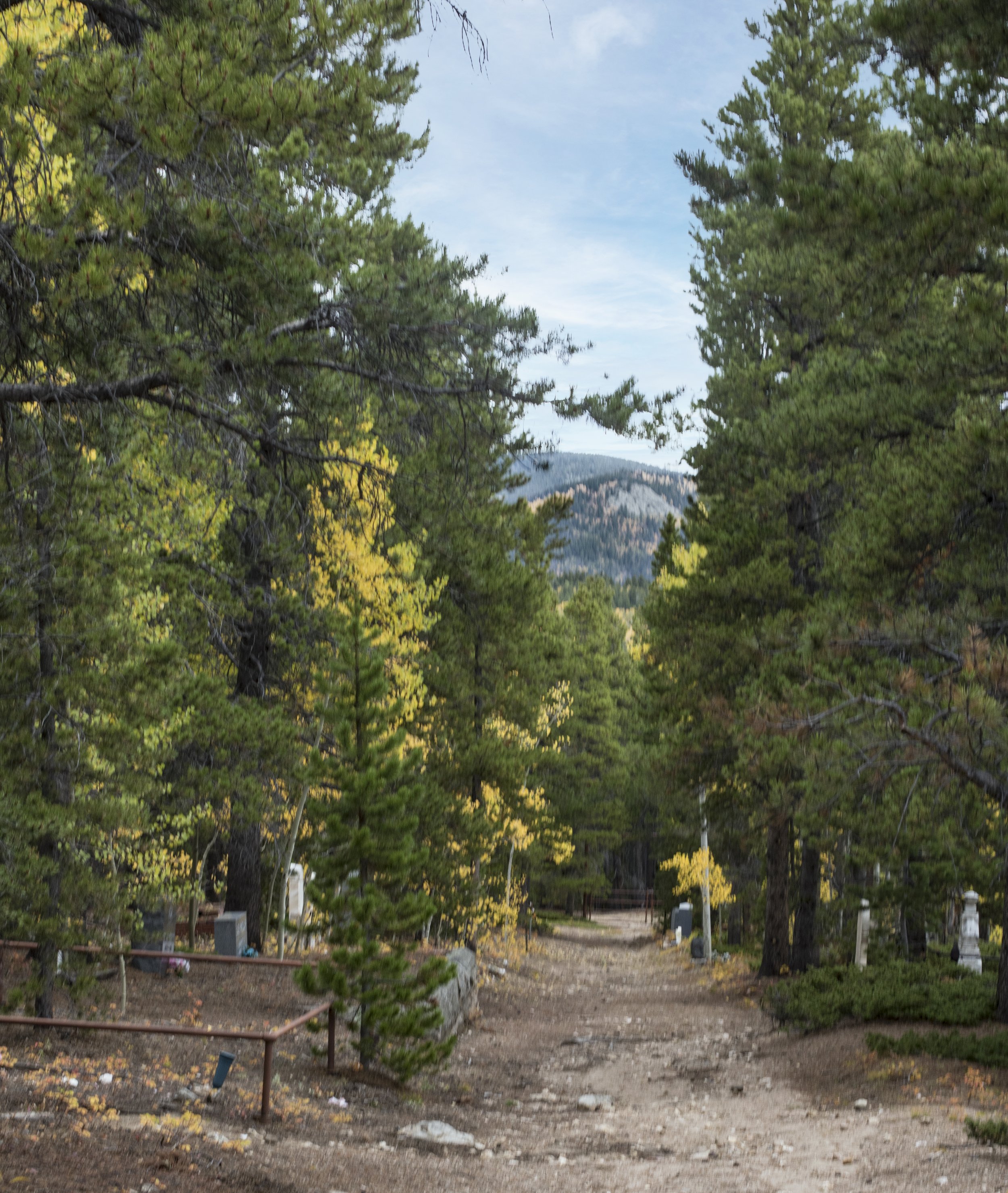Cemetery Stories
I am no stranger to graveyards. That's the reason I was sitting in the Historic Fairview Cemetery in Albuquerque on the Day of the Dead, November 2nd. I had been invited to read my story, "My Father and His Father's Grave" as part of a story slam sponsored by the New Mexico Humanities Council and the Before I Die New Mexico Festival. Sitting in the cold and gathering dark listening to the stories of deaths and funerals, of sadness and joy, I felt at peace.
The cemetery had been neglected for many years, but now a group of volunteers had begun to care for the graves, many of them belonging to prominent families in the history of the region. Tombstones scattered across the dusty grounds, the elaborate and the simple, stood in silent witness to the readings honoring the memories of other dead.
Fairview, like many pioneer cemeteries in the old west, was designed to welcome the public and to host celebratory events beyond burials. Though contemporary American society shies away from graveyards, other than for holidays like Memorial Day and Veteran's Day, it wasn't always so and particularly not in other cultures.
I have sat among families decorating the graves of their deceased loved ones on the Day of the Dead in San Miquel de Allende, honoring them not only with flowers but songs, dancing, and glasses of tequila. In Southern California, I have observed Japanese families picnicking on their family plots in celebration of their ancestors. And I have walked among tall sculptural headstones in Bald Mountain Cemetery in Gilpin County Colorado.
My husband's great grandfather Benjamin Watters is buried in Bald Mountain Cemetery. His is one of those amazing sculptures. After our first visit there several years ago, I began to research these giant tombstones, as I had never seen anything like them before. They belong to members of the Woodmen of the World, a fraternal organization that offered insurance to its members including distinctive tombstones in the shape of tree trunks laden with symbols. The decorative elements symbolized the order's credo of "woodcraft" or charitable works and neighborliness. The more highly-regarded the deceased was in his community due his industriousness and good works, the more elaborate the tombstone. Although Benjamin Watters was but 38 years old at his death in 1896, he had clearly been a leader in his small mining community of Nevadaville, Colorado.
Benjamin’s tree trunk stands seven feet tall and is richly embellished. Early death was not uncommon among the Cornish immigrants like him who had come to this rugged mining town high in the Rockies. The Woodmen’s offer of financial security to surviving widows and children made it a popular organization.
Perhaps the most enduring legacy of the Woodmen and fraternal organizations such as the Freemasons and Oddfellows are the tombstones of their members. Over time these groups helped create sculpture gardens in the cemeteries of mountain towns large and small. Stonemasons working for firms like Denver’s M. Rauh Marble Works, who carved Benjamin Watters headstone, were well known for their artistry creating memorials for the wealthy families as well as the those funded by the Woodman, whose insurance policy guaranteed a one hundred dollar tree trunk marker. With no public parks and few amenities in the pioneer west, people used their cemeteries for a variety of events and family outings, as described by historian Annette Stott, in her book, Pioneer Cemeteries, Sculpture Gardens of the Old West. From Sunday walks to grand gatherings with waving flags and brass bands, cemeteries were a part of community life.
While Bald Mountain is being maintained by the county, it has few contemporary graves among the estimated 600 buried there. Many of those graves are unmarked. Yet what it does hold are stories carved in stone revealing the difficult lives of the immigrant miners and their families, living in harsh conditions and difficult times. Times when young fathers died before they were 4o, leaving a wife and several children to survive on little other than their wits and hard work. Small stories of infants who lived just days. Everywhere across the rough landscape are testaments to faith and love—promises that the lost loved ones will be remembered.
Last week a dear friend sent me a link to a new album by Canadian singer songwriter AHI. The title song "Prospect" is set in a cemetery where he is trying to connect with a grandfather he never knew. His lyrics eloquently reflect the sense of both benediction and longing that I, and surely others, find among the gravestones, wherever we find them.
"I just want to live like someone before my time is counting on me. And walk beneath the wind like someone from another life is looking out for me."





